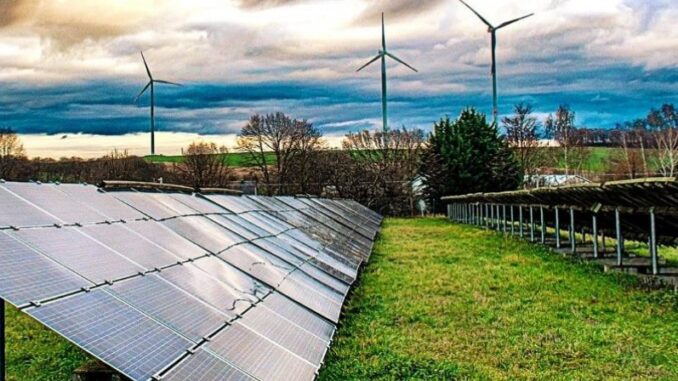
1. Standardization – LCOE provides a standardized way to compare different energy technologies by accounting for all the costs over the plant’s lifetime.
This makes it easier to assess and compare the economic viability of different options on an apples-to-apples basis.










2. Comprehensive Cost Analysis
By including all costs (initial capital, operations and maintenance, fuel, carbon, and financing costs), LCOE ensures that no significant expenses are overlooked, providing a complete picture of the total cost of electricity generation.
3. Comparison Across Technologies
LCOE allows comparison across a wide range of energy technologies, including:
Renewables (solar, wind, hydro, geothermal, biomass)
Fossil fuels (coal, natural gas, oil)
Nuclear
This comparison helps in understanding which technologies are more cost-effective under various conditions.
4. Investment Decision Tool
For investors, LCOE is a valuable tool for making informed decisions about which energy projects to finance. It helps in evaluating the potential return on investment by comparing the costs of different projects.
5. Policy and Planning
Governments and policymakers use LCOE to design and implement energy policies, such as subsidies, tax incentives, and tariffs, to encourage the adoption of cost-effective and sustainable energy sources.
6. Market Competitiveness
LCOE helps determine the competitiveness of different energy sources in the market. For instance, as the LCOE of solar PV and wind has decreased, these technologies have become more competitive with traditional fossil fuels, leading to increased adoption.
7. Future Projections
LCOE can be used to project future trends in energy costs as technologies evolve and economies of scale are achieved. This helps in forecasting the long-term viability of various energy sources.

Leave a Reply